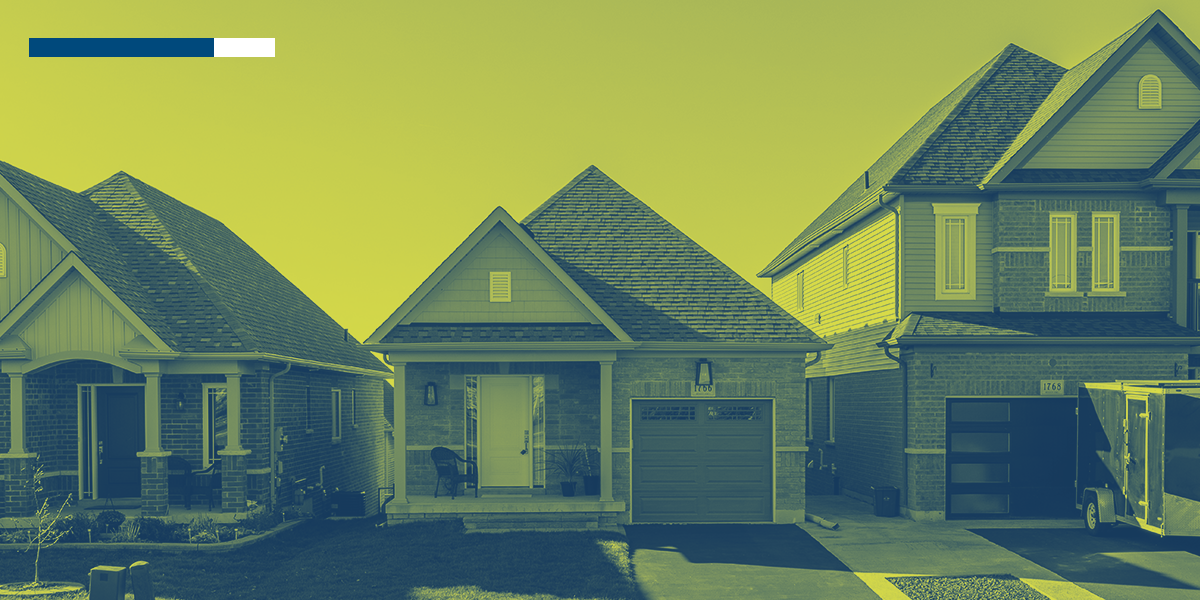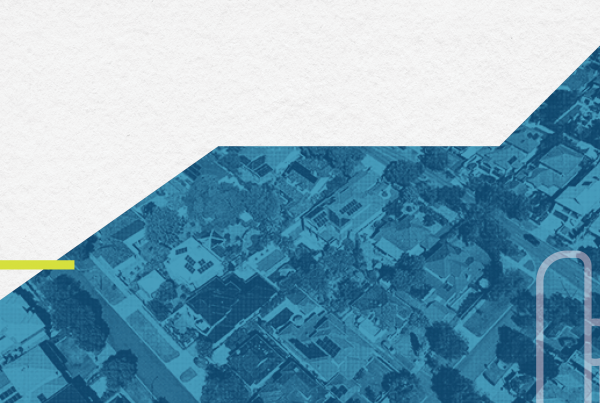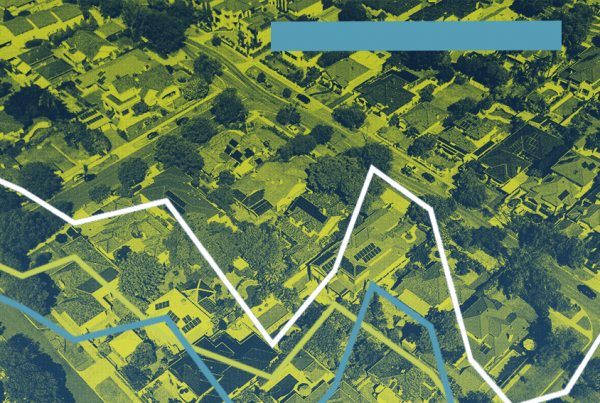At its February 2023 meeting, the Federal Reserve raised the Fed funds rate – the amount banks pay to borrow money from each other overnight – by a quarter point, a smaller increase than the one it instituted in December of last year. This was the Fed’s eighth rate hike since the beginning of 2022 as it continues the initiative to rein in inflation.
The reduced size of this latest increase is an indication that the Fed’s effort is paying dividends. Most economic measures have showed inflation cooling down since November 2022. However, the Fed still believes it has work to do, and economists expect at least one more upward bump in the Fed funds rate this year before a possible pause if data continues to show inflation heading in the right direction.
What does the higher Fed funds rate mean to mortgage rates?
As we have pointed out in previous blogs about Fed rate increases, the Federal Reserve technically doesn’t determine mortgage rates. The rate of inflation has a much more direct impact on them, however. Smaller Fed funds rate increases mean inflation is slowing, which generally sends mortgage rates downward.
That’s great news if you’re looking to buy a home, and there are steps you can take to get an even lower rate in today’s market. One of them is the option of a Temporary Buydown that allows you to enjoy reduced payments at the beginning of your Conventional Conforming, FHA, VA, or Jumbo mortgage.
Remember: unlike the Fed rate, mortgage rates change daily and sometimes hourly. They still occasionally go down, despite the direction of the Fed rate and often in tandem with the rate of inflation.
The best way to navigate interest rates on home loans is to speak with a Homeowners Licensed Mortgage Professional about current market conditions. In any market situation, we’re here to help you understand the rates that are available to you and get the best possible pricing on your next home loan.





